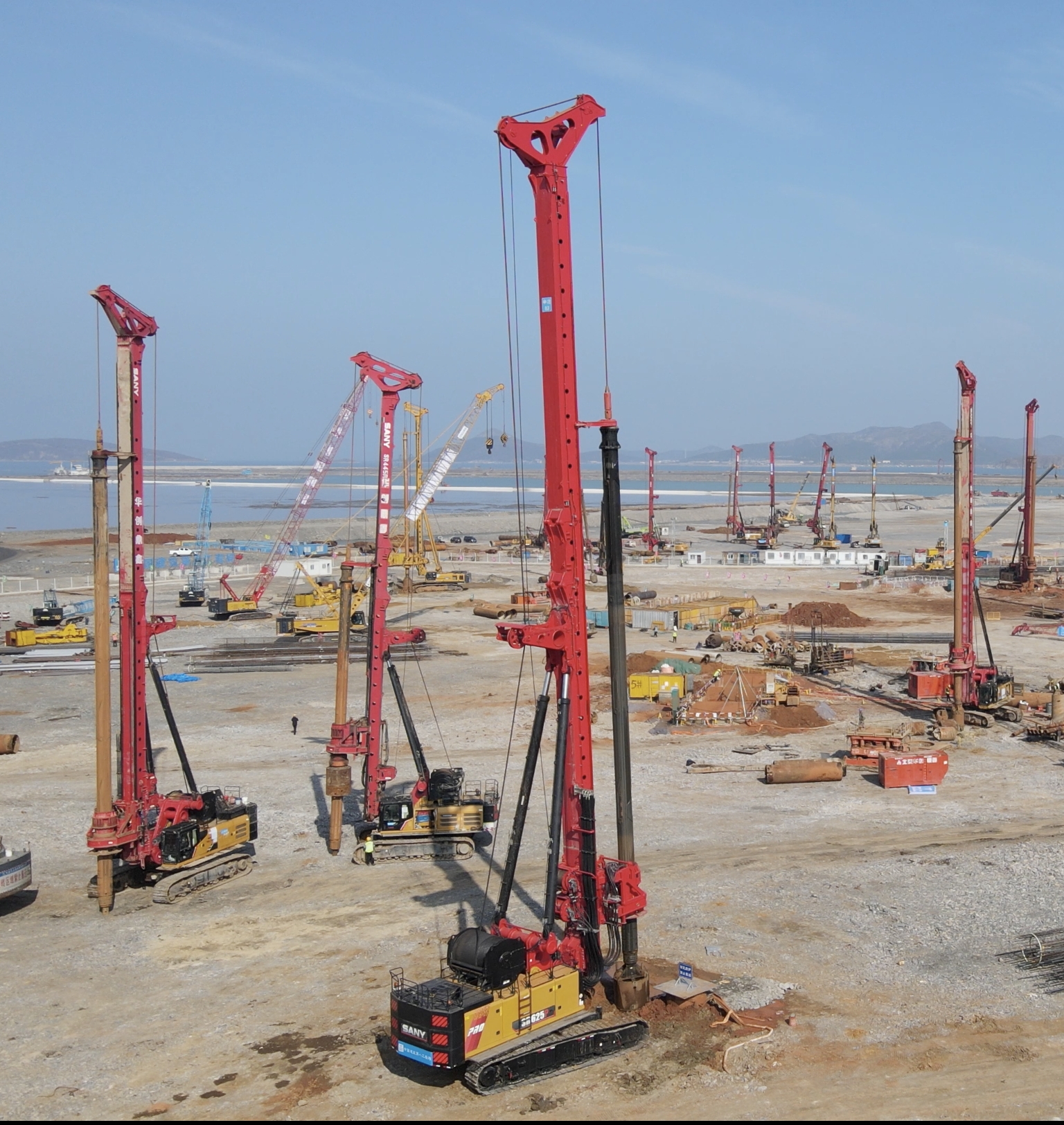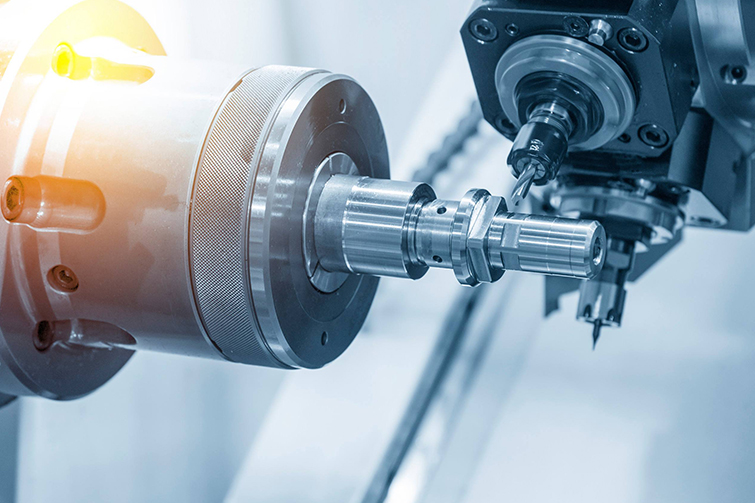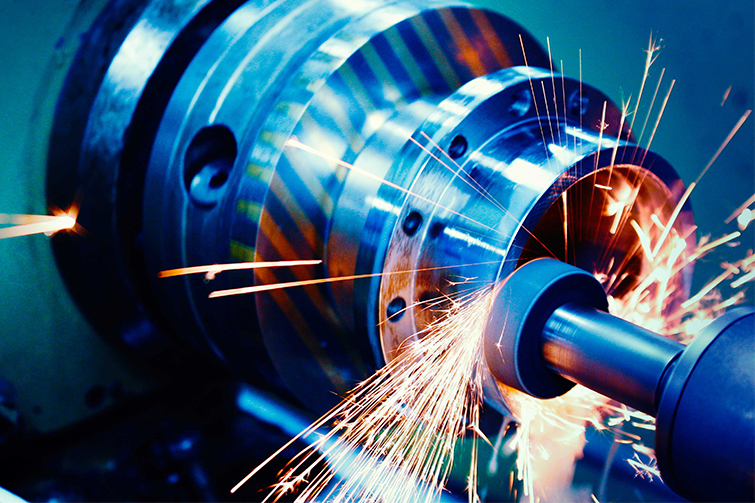

Innovations and Applications in Water Well Drilling Rigs: A Technical Overview

Introduction to Water Well Drilling Rigs
Water well drilling rigs, also known as well drilling machines, are essential tools in the exploration and extraction of groundwater. These machines are designed to bore holes into the earth to access water sources for agricultural, industrial, and domestic use. The selection of the appropriate drilling rig is critical to the success of any water well project, as it directly impacts the efficiency, cost, and environmental footprint of the operation.
Types of Water Well Drilling Rigs
There are several types of water well drilling rigs, each suited to different geological conditions and project requirements. Rotary drilling rigs are among the most common, utilizing a rotating drill bit to penetrate the earth. Percussion drilling rigs, on the other hand, use a heavy cutting or hammering action to break through rock formations. For softer ground conditions, auger drilling rigs are often employed, which screw into the ground to remove soil.
Technological Advancements in Drilling Equipment
Recent years have seen significant technological advancements in water well drilling rigs. Automation and remote control capabilities have improved safety and precision, while advanced materials have enhanced the durability and lifespan of drilling components. Additionally, GPS and GIS technologies are now commonly integrated into drilling operations, allowing for more accurate site selection and monitoring.
Selecting the Right Drilling Rig for Your Project
Choosing the right water well drilling rig involves considering several factors, including the depth and diameter of the well, the geological conditions of the site, and the intended use of the water. It's also important to consider the rig's mobility, especially in remote or difficult-to-access locations. Consulting with a drilling expert can help ensure that the selected rig meets all project requirements.
Environmental Considerations and Best Practices
Environmental sustainability is a growing concern in water well drilling. Modern drilling rigs are designed to minimize their ecological impact, with features such as reduced noise levels and lower emissions. Adhering to best practices, such as proper waste disposal and water management, is essential to protect local ecosystems and ensure the long-term viability of water resources.
FAQs
What is the difference between a water well drilling rig and a well drilling machine?The terms are often used interchangeably, but a water well drilling rig typically refers to the entire setup used for drilling, including the machine, support equipment, and sometimes the crew. A well drilling machine usually refers specifically to the mechanical device that performs the drilling.
How deep can water well drilling rigs drill?The depth capability of a drilling rig depends on its type and design. Some rigs are capable of drilling several thousand feet deep, while others are designed for shallow wells of a few hundred feet.
What are the maintenance requirements for a water well drilling rig?Regular maintenance is crucial to ensure the longevity and efficiency of a drilling rig. This includes routine inspections, lubrication of moving parts, and timely replacement of worn components. Following the manufacturer's maintenance schedule is highly recommended.








